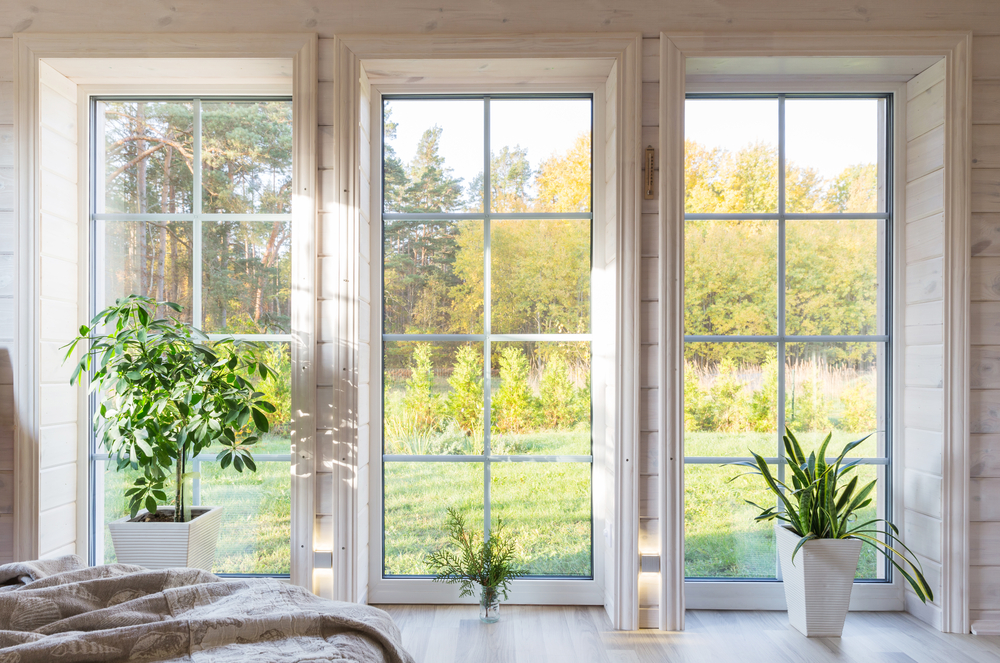Dealing with leaking windows can be a frustrating and challenging task, but with a systematic approach, it’s possible to identify the root causes and implement effective solutions.
A leaking window can lead to various issues, including water damage, mould growth, and reduced energy efficiency. Here’s a comprehensive guide on how to deal with leaking windows from Ayr Double Glazing experts:

1. Identify the Source of the Leak:
The first step in addressing a leaking window is to identify the source of the problem. Inspect the window frame, sill, and surrounding areas for any visible signs of water infiltration. Check for gaps, cracks, or damaged seals that may allow water to penetrate.
2. Check the Window Seal and Caulking:
Examine the window seal and caulking for signs of wear and tear. Over time, seals can degrade, and caulking can crack, creating pathways for water to enter. If you notice any gaps or deterioration, reseal the window using high-quality weather-resistant caulking. This can help create a watertight barrier and prevent further leaks.
3. Repair or Replace Window Flashing:
Window flashing is a critical component that directs water away from the window and prevents it from seeping into the structure. If the flashing is damaged or improperly installed, it can contribute to leaks. Repair or replace damaged flashing to ensure effective water drainage.
4. Address Window Frame Issues:
Inspect the window frame for any structural issues, such as rot or decay. Wooden frames are particularly susceptible to water damage. If you identify problems, repair or replace the damaged sections. Consider using materials that are resistant to water, such as vinyl or aluminium, for long-term durability.
5. Install Storm Windows:
Adding storm windows can provide an extra layer of protection against leaks. These windows create a buffer zone that helps minimize air and water infiltration. They are especially useful in older homes with single-pane windows that may be more prone to leaks.
6. Use Window Film:
Window film is a cost-effective solution that can enhance the water resistance of windows. This thin, transparent material adheres to the glass and provides an additional barrier against water penetration. It can also improve energy efficiency by reducing heat transfer.
7. Consider Window Replacement:
If your windows are old, damaged, or beyond repair, consider replacing them with newer, more energy-efficient models. Modern windows are designed with improved materials and construction techniques that enhance both water resistance and thermal performance.
8. Monitor and Maintain:
Regular maintenance is crucial for preventing future leaks. Keep an eye on the condition of seals, caulking, and window components. Promptly address any issues to prevent them from escalating into more significant problems.
9. Consult with Professionals:
If you’re unable to identify or address the source of the leak, it may be time to consult with professionals. Window specialists or contractors experienced in water intrusion issues can conduct a thorough assessment and recommend appropriate solutions.
10. Address Interior Damage:
If water has already entered your home, address any interior damage promptly. Dry out affected areas, repair water stains or damaged drywall, and consider using mould-resistant materials to prevent mould growth.